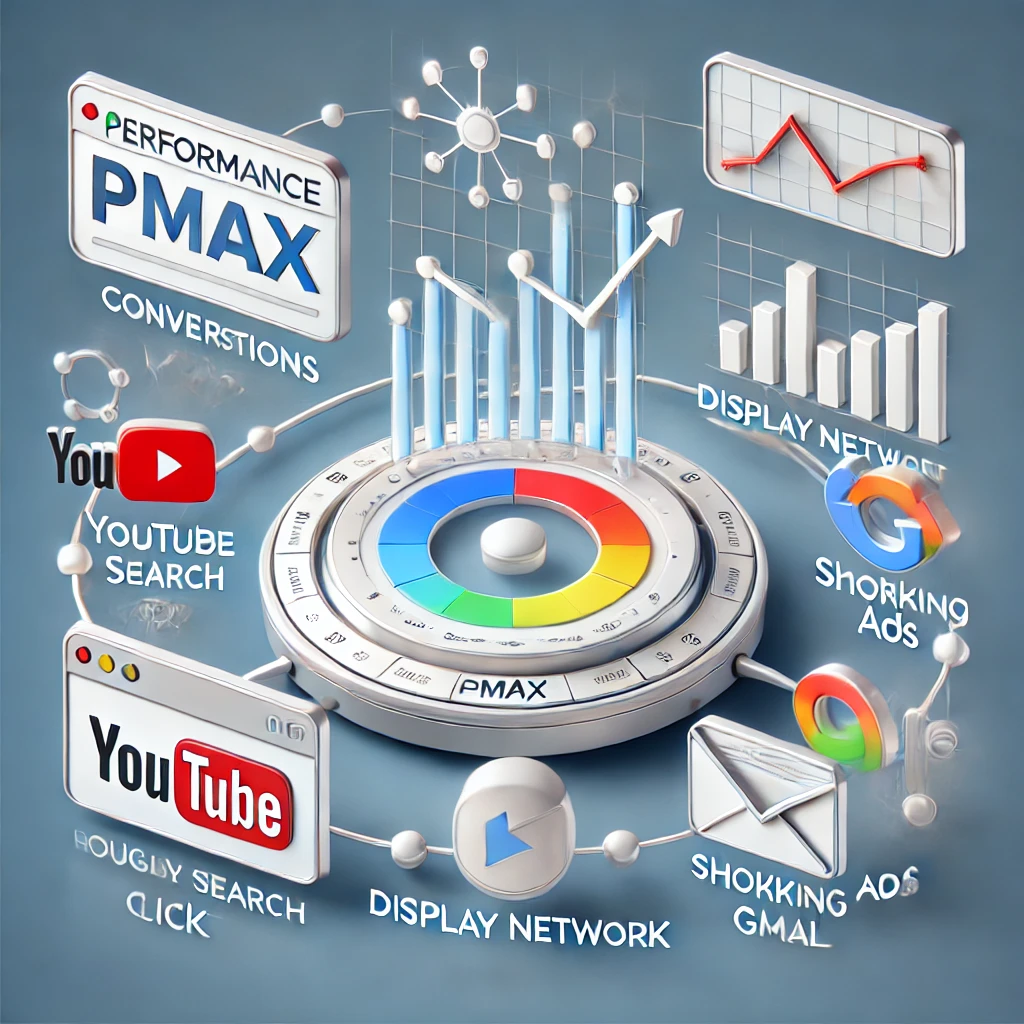Google’s Performance Max (PMax) campaigns are often positioned as a highly efficient, AI-powered solution for reaching customers across all Google inventory. While the concept is promising, it’s important for advertisers—and especially clients investing in paid media—to understand how PMax performance metrics can often be misleading without proper scrutiny.
Branded Search Traffic: Inflated Performance That Masks Reality
One critical but often overlooked factor is that PMax campaigns are heavily driven by branded search traffic by default. In other words, users who are already searching for your brand by name are being captured within your PMax campaign.
These users are already high-intent and low-cost to convert—often influenced by prior brand awareness, organic marketing, or other non-paid efforts. As a result, PMax reports often show an artificially low cost per acquisition (CPA), leading to a perceived sense of strong performance that doesn’t reflect true campaign effectiveness in reaching new audiences.
What Happens When You Exclude Brand Terms?
To assess the true value of PMax, we conducted a test by excluding branded terms from the campaign. Keep in mind, we only excluded EXACT MATCH brand term(s). The outcome was telling: cost per conversion increased by 4x.

While this might seem alarming at first, it reveals something important—the initial performance was largely subsidized by branded traffic, not necessarily by the campaign’s ability to drive new, incremental demand.
This type of insight is essential for informed decision-making, ensuring that marketing investments are measured against business growth objectives—not just surface-level metrics.
The Limitations of PMax: Lack of Control Over Brand Exclusions
Unfortunately, advertisers are not given full control over brand exclusions within the Google Ads platform. There is no native option to apply brand negative keywords directly in a PMax campaign.
To exclude branded traffic, advertisers must submit a manual request to Google via this form:
👉 Google Ads PMax Brand Exclusion Request Form
This process is cumbersome, opaque, and raises concerns about platform transparency, particularly when advertisers are trying to separate true prospecting efforts from existing brand demand.
What This Means for Advertisers and Clients
At the end of the day, our responsibility is to protect the integrity of your media investments. While PMax campaigns may still have a role to play in a broader strategy, it’s critical to interpret performance data with caution—and to ask the right questions:
• Are these results truly incremental?
• Is the platform providing us with the transparency and control we need?
• How can we isolate campaign impact from organic or brand-driven conversions?
Google’s automation tools are becoming increasingly sophisticated—but so is the need for independent analysis and strategic oversight. As your marketing partner, we remain committed to ensuring your campaigns are optimized for real business impact—not just favourable platform metrics.
If you’re currently running PMax campaigns and haven’t yet audited the role of branded traffic, now is the time to do so. Understanding the difference can have a significant impact on your media strategy and bottom line.

